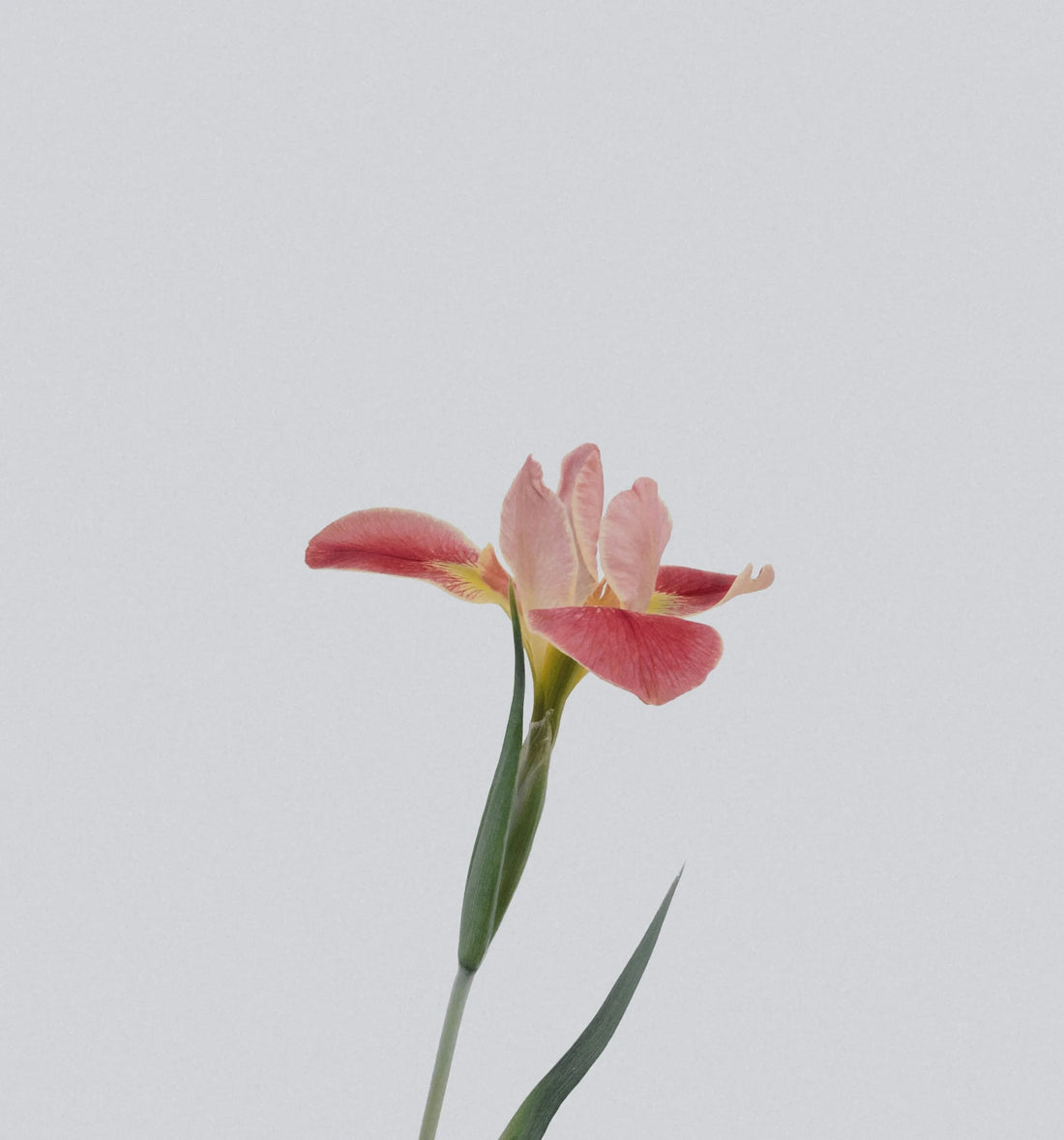
The Japanese art of owning with intention: An introduction to “Slow Ownership”
Share
Amidst the hectic pace of the city, between slopes, screens, and crowded spaces, many people in Mexico begin to feel the desire to stop. To breathe. To look around and ask themselves: Do I really need all of this?
In Japan, for centuries, there has been a way of life based not on having more, but on possessing with intention . Choose each object carefully, understand its history, and maintain it with respect. Today, we call this “ Slow Ownership .”
It's not about having little, but about having better.

Minimalism in Japan: A silent beauty born of necessity
Long before minimalism became a global trend, a simple and essential way of life was already being practiced in Japan. During the Edo period (1603–1868), many families lived in small spaces, with few but carefully selected objects.
It wasn't a fad, but a necessity. However, over time, this simplicity transformed into an aesthetic: the art of doing a lot with a little . A cup of tea, a vase, a piece of fabric could contain beauty, history, and calm.
Concepts like wabi-sabi (the beauty of imperfection) and ma (the space between things) reflect this sensibility. Instead of filling, we create space. Instead of changing, we repair. Instead of having more, we appreciate what's there.

How to practice “Slow Ownership” in daily life?
Adopting “Slow Ownership” doesn’t mean giving up everything or living like you did in the 17th century.
It means making more conscious choices. Pausing before buying, observing before discarding, caring before replacing.
Here are some simple ideas to get you started:
-
Create a quiet corner in your home .
You don't need much: a candle, a handmade piece, a fresh flower. A space where you can breathe and simply be.
-
Choose objects that tell a story.
Handmade jewelry, imperfect ceramics, light-catching glass. It's not the price that matters, it's the connection you feel with them.
-
Repair, rather than replace.
In Japanese culture, techniques like kintsugi (gold repair) celebrate the marks of time. They're not hidden; they're honored.
-
Give with intention.
A gift isn't just an object; it's a gesture, an emotion, a message. Choosing something made with soul transforms the act of giving.
Practicing Slow Ownership is, ultimately, a way of caring for what we already have and being grateful for what surrounds us. And in doing so, we also take care of ourselves.

objects with soul, chosen calmly
At Casa TSUGU, we believe that objects should not scream.
They must whisper.
And when chosen calmly, those whispers can last a lifetime.
Every piece we choose—from a handcrafted glass jewel to a wooden toy or a candle made with natural ingredients—shares the same essence:
created by human hands, with noble materials and with the desire to accompany you in silence.
We don't look for trends.
We look for objects that speak of time, care, and intention.
And by integrating them into your life, you're not just choosing a product.
You choose a way of looking, of living, of being grateful.

Practicing “slow ownership” doesn’t require changing your entire life.
Sometimes it's just a matter of pausing, observing, and choosing a little more calmly.
I'm still learning too.
But it's good for me to think that every object I choose with my heart can be part of something bigger: a more conscious, calmer, more personal life.
It's not a rule.
It's just a different way of looking at things.
Maybe it will do you good too.








